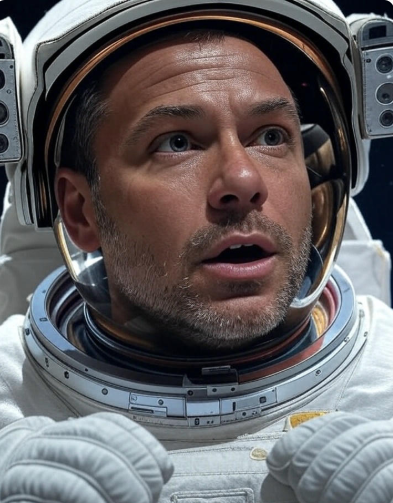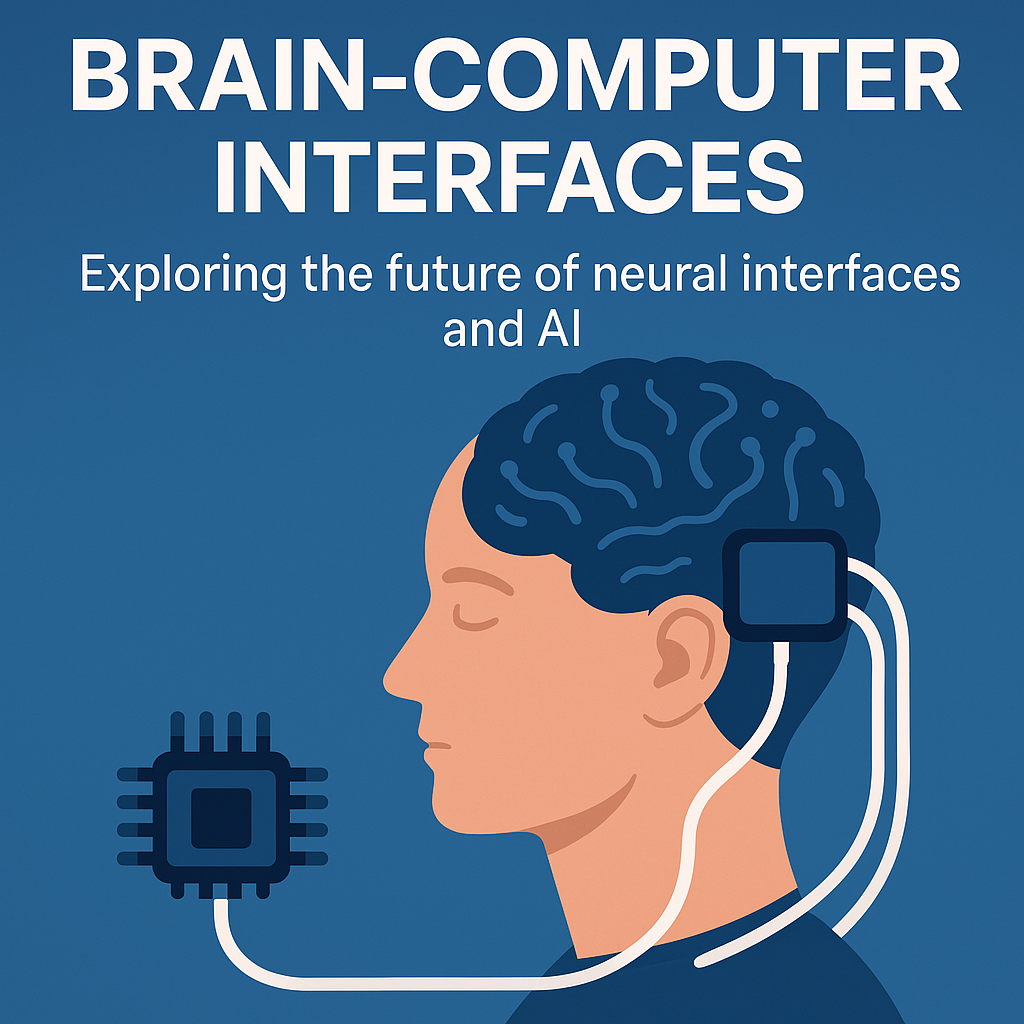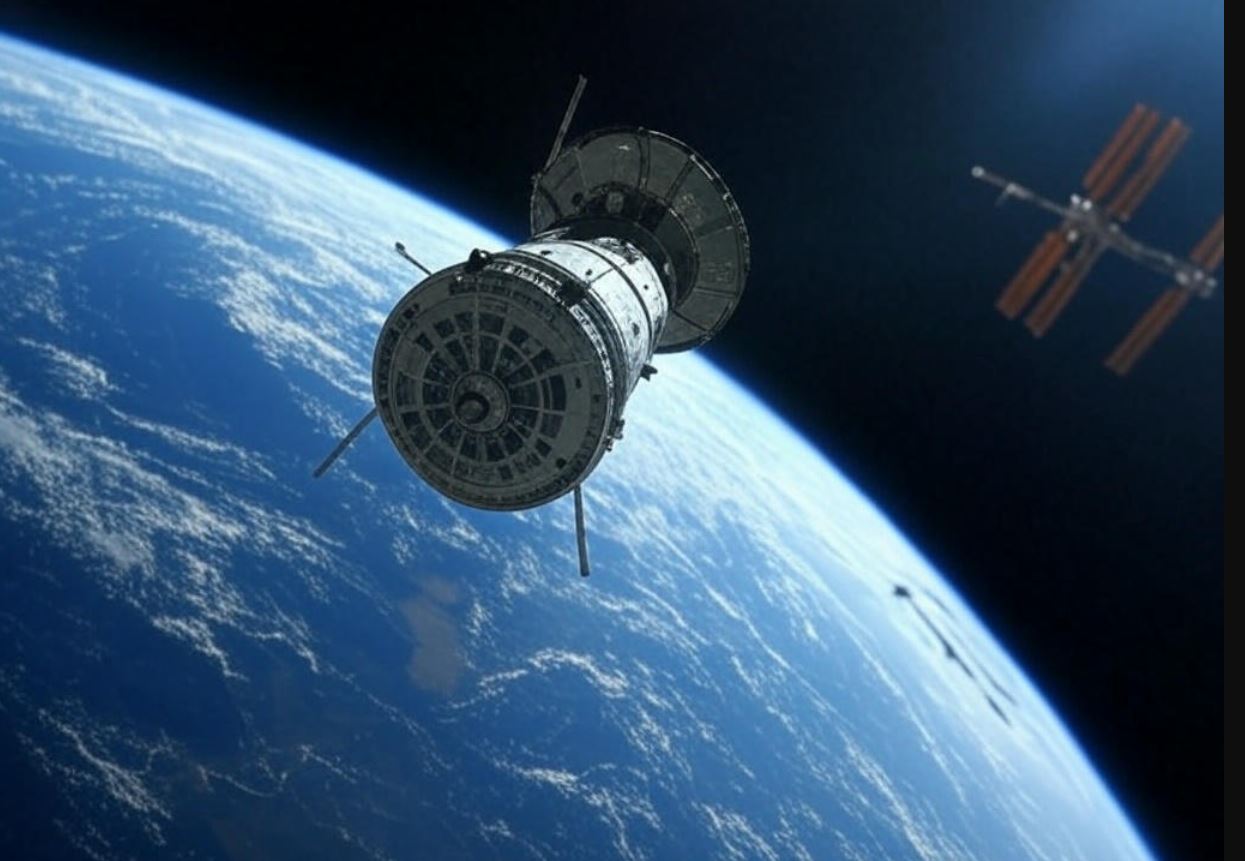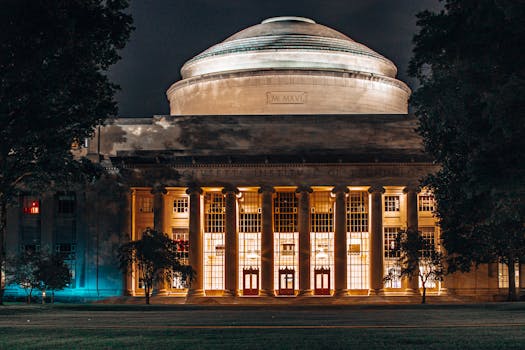Introduction
On May 25, 2025, the BBC published an article titled “From cat urine to gunpowder: Exploring the peculiar smells of outer space,” shedding light on a fascinating aspect of space exploration the distinct odors reported by astronauts and detected by scientific instruments. From the gunpowder-like scent clinging to spacesuits after spacewalks to the ammonia-rich stench of Jupiter’s clouds, likened to cat urine, these smells have captured global curiosity, as seen in Google’s “People Also Asked” section. However, this fascination comes with a challenge: how can NASA harness these olfactory discoveries to advance scientific understanding and public engagement without overwhelming astronauts or the public with the less pleasant aromas of the cosmos? This blog explores this issue and proposes solutions to turn the smells of space into a tool for innovation and inspiration.
The Problem: The Challenges of Space Smells in Exploration and Public Perception
The smells of outer space, while intriguing, present practical and perceptual challenges for NASA, astronauts, and the global audience eager to learn more about the universe.
- Unpleasant Odors Impacting Astronaut Experience
Astronauts have consistently reported unusual smells after spacewalks, often describing them as gunpowder, burnt steak, or ozone – a faint acrid scent. British astronaut Helen Sharman, quoted in the BBC article, attributes this to atomic oxygen clinging to spacesuits, which forms ozone upon re-entering the space station. While not harmful, these odors can be jarring, especially in the confined environment of the International Space Station (ISS), where air quality is critical. The ISS itself has its own “peculiar odor,” as noted by European astronaut Samantha Cristoforetti in 2022, exacerbated by trash and toilet systems that recycle urine but leave a smelly exhaust. These odors, ranging from burnt metal to rotting eggs, can affect astronaut morale and focus during long missions, a concern often raised in discussions about human factors in spaceflight.
- Limited Understanding of Cosmic Smells’ Origins
While astronauts report smells near Earth, the odors of distant celestial bodies—like Jupiter’s ammonia-sulfide stench or Titan’s petrol-like aroma are inferred through chemical analysis, not direct experience. NASA’s James Webb Space Telescope (JWST) detected carbon dioxide on the exoplanet WASP-39 b in 2022, and the European Space Agency’s Rosetta spacecraft identified hydrogen sulfide and ammonia on Comet 67P, suggesting a mix of rotten eggs and urine. However, these analyses are limited by the lack of direct olfactory data, leaving gaps in our understanding of what these smells reveal about planetary atmospheres and potential habitability. This incomplete picture hinders NASA’s ability to fully interpret the chemical makeup of the universe, a question frequently asked by space enthusiasts online.
- Public Perception and Engagement Challenges
The smells of space, while scientifically valuable, can be a double-edged sword for public engagement. Descriptions of gunpowder or burnt steak are intriguing, but references to cat urine, rotting fish, or stale alcohol on Titan might deter public interest or paint space as an unappealing frontier. NASA has historically used the smell of space in training, commissioning chemist Steven Pearce in 2008 to recreate it for simulations, but translating this to broader outreach is tricky. The “Eau de Space” perfume, launched in 2020, mixes gunpowder, seared steak, raspberries, and rum a blend astronauts like Tony Antonelli described as “strong and unique.” However, the less savory smells risk alienating audiences, making it harder for NASA to inspire the next generation of explorers and scientists.
- Missed Opportunities for Scientific and Educational Impact
The olfactory data from space holds untapped potential for both science and education, but NASA has yet to fully capitalize on it. Smells provide clues about chemical compositions, such as the presence of ammonia or hydrocarbons, which could indicate geological activity or even signs of life. Yet, without a systematic approach to study and communicate these findings, NASA misses opportunities to deepen our understanding of the cosmos and engage the public in meaningful ways. The global curiosity about space smells, evident in online searches, suggests a demand for more accessible and interactive ways to explore this sensory aspect of space.

The Solution: Leveraging Space Smells for Science and Engagement
NASA can turn the peculiar smells of outer space into a powerful tool for advancing exploration, scientific discovery, and public outreach by addressing these challenges strategically.
- Developing Advanced Air Filtration for Astronaut Comfort
To mitigate the impact of unpleasant odors on astronauts, NASA should invest in advanced air filtration systems for the ISS and future spacecraft like the Orion, used for deep-space missions. Current ISS filters, while effective, struggle with odors from trash and urine recycling, as Cristoforetti noted. NASA can collaborate with air quality experts to develop next-generation filters that neutralize ozone, ammonia, and sulfur compounds, ensuring a more comfortable environment. Additionally, spacesuits could be treated with coatings that repel atomic oxygen, reducing the gunpowder-like smell upon re-entry. This solution improves astronaut well-being, addressing global concerns about the human experience in space.
- Enhancing Chemical Analysis with Olfactory Simulation
To better understand the origins of cosmic smells, NASA should integrate olfactory simulation into its chemical analysis workflows. While JWST and Rosetta detect molecules like carbon dioxide or hydrogen sulfide, they can’t “smell” in the human sense. NASA could develop AI-driven olfactory models that simulate how these chemical compositions would smell to humans, based on data from mass spectrometers. For example, simulating the smell of Jupiter’s ammonia-sulfide clouds could provide insights into its atmospheric dynamics, while recreating Titan’s petrol-like scent might reveal more about its hydrocarbon lakes. This approach bridges the gap between raw data and human perception, answering global questions about what distant worlds are like.
- Creating Immersive Public Outreach Programs
NASA can capitalize on public curiosity by creating immersive outreach programs centered on the smells of space. Building on the “Eau de Space” concept, NASA could partner with institutions like London’s Natural History Museum, which hosted a 2025 exhibition on space smells curated by Marina Barcenilla. Interactive exhibits could allow visitors to experience sanitized versions of space odors focusing on the more appealing notes like raspberries or burnt steak, while learning about their scientific significance. Virtual reality experiences could simulate walking on Titan or Jupiter, blending olfactory cues with visuals, making space exploration more tangible. This strategy addresses public perception challenges, turning potentially off-putting smells into educational opportunities.
- Using Smells as a Tool for Astrobiology Research
The smells of space offer a unique lens for astrobiology, and NASA should prioritize olfactory data in its search for life. Ammonia, hydrogen sulfide, and hydrocarbons detected on comets and moons like Titan are linked to prebiotic chemistry, as Louis Allamandola from NASA’s Ames Research Centre has noted. NASA could deploy advanced sensors on future missions – like the Dragonfly mission to Titan, set for 2028 to collect olfactory data alongside chemical analysis, identifying potential biosignatures. By correlating smells with molecular profiles, NASA can better understand the conditions for life, addressing the global question of whether life exists beyond Earth.
- Training Astronauts with Enhanced Olfactory Simulations
NASA should expand its use of olfactory simulations in astronaut training, building on Steven Pearce’s work. Beyond preparing astronauts for the gunpowder-like smell of spacewalks, simulations could include the odors of other celestial bodies, such as Titan’s petrol or Jupiter’s ammonia, to familiarize crews with potential mission environments. This training can also include identifying dangerous smells, like chemical leaks on the ISS, as Miranda Nelson from NASA’s Johnson Space Center emphasized. By integrating olfactory cues into simulations, NASA ensures astronauts are better prepared, addressing global concerns about safety in space exploration.
Challenges and Future Outlook
Implementing these solutions faces hurdles. Advanced filtration systems require significant investment, and olfactory simulations for distant worlds depend on accurate chemical data, which is still limited. Public outreach programs must carefully balance intrigue with the less appealing aspects of space smells, and astrobiology research using olfactory data is still in its infancy. However, as NASA prepares for missions to the Moon and Mars with the Orion spacecraft, these strategies can enhance both scientific discovery and public engagement, turning the smells of space into a gateway for understanding the universe.
Conclusion
The peculiar smells of outer space—from gunpowder to cat urine—have captivated global audiences, as highlighted by the BBC on May 25, 2025. While these odors pose challenges for astronauts, scientific understanding, and public perception, they also offer opportunities for innovation. By improving air filtration, enhancing chemical analysis, creating immersive outreach, advancing astrobiology, and refining astronaut training, NASA can harness these smells to deepen our cosmic understanding and inspire future generations. The olfactory frontier of space may be smelly, but it’s also a powerful tool to bring the universe closer to home.



